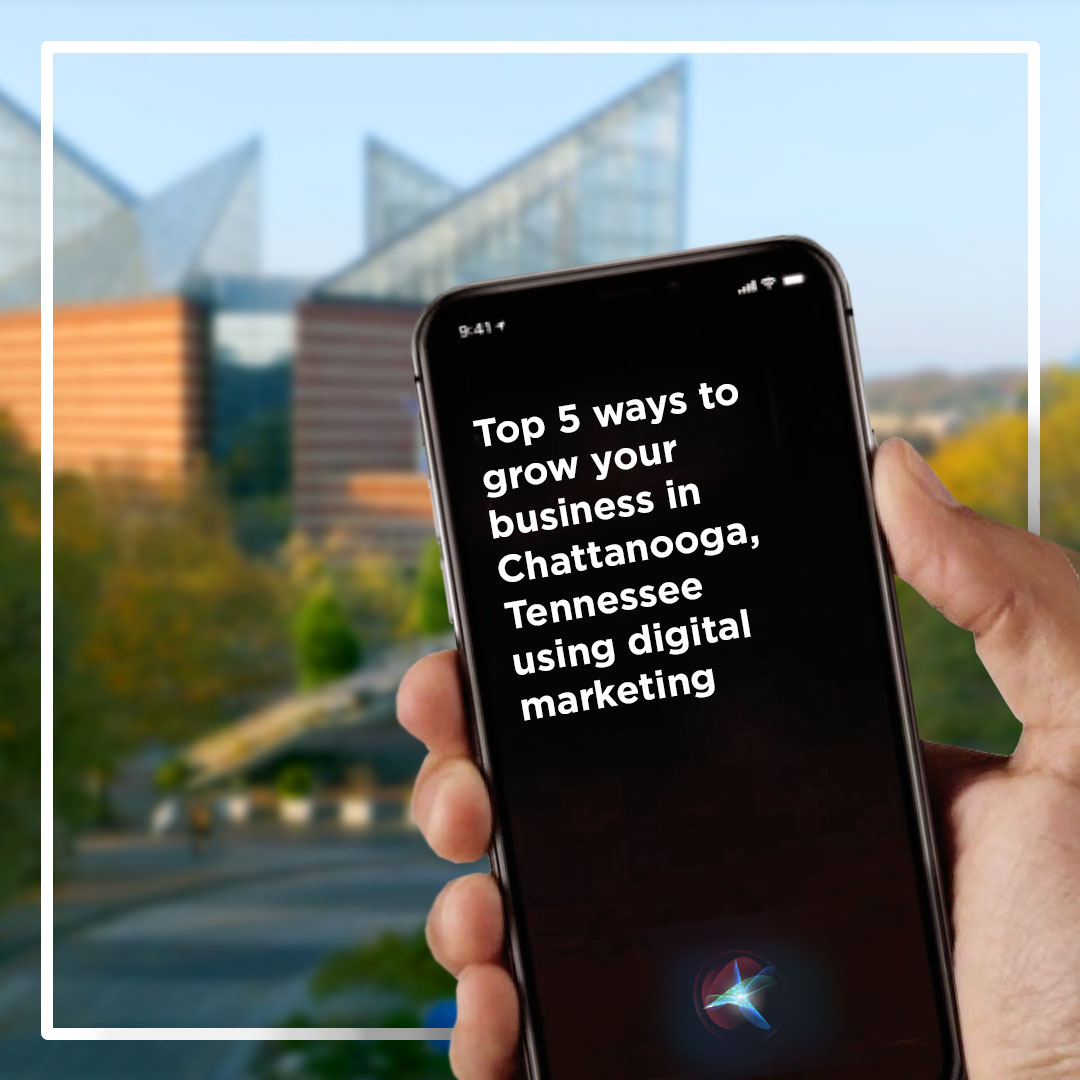As Mother’s Day approaches, businesses, both large and small, are presented with a prime opportunity to enhance their marketing efforts. Given the personal nature of this holiday, email campaigns offer a particularly effective medium for engaging customers and driving sales. Drawing on decades of experience in content creation and digital marketing, this post will dissect … Read more
Digital Marketing
In the vast and ever-evolving landscape of digital marketing, one cornerstone remains unchanged: the importance of SEO. Search Engine Optimization (SEO) is the lifeline of online visibility, determining where your website appears in search engine results pages (SERPs). However, maintaining a healthy SEO performance requires regular check-ups, akin to a medical examination for your website. … Read more
The Role of Data Analytics in Driving Marketing Success: Leveraging Insights for Growth In today’s hyper-competitive business landscape, data is the new currency that fuels marketing success. Harnessing the full potential of data analytics has become essential for marketers seeking to stay ahead of the curve and deliver targeted, impactful campaigns that drive tangible results. … Read more
Title: The Future of Marketing: Trends and Innovations to Watch The world of marketing is constantly evolving, driven by advancements in technology and changing consumer behavior. To stay ahead in this dynamic landscape, it’s crucial for marketers to keep an eye on emerging trends and innovations. In this blog post, we’ll explore some key marketing … Read more
In the ever-evolving world of search engine optimization (SEO), one metric has gained significant importance in recent years: domain authority. Domain authority serves as a vital signal for search engines to assess the credibility and trustworthiness of a website. This article will delve into the significance of domain authority, exploring its impact on search engine … Read more
In the fast-paced realm of digital marketing, where competition is fierce and attention spans are short, maximizing opportunities and converting leads into loyal customers is the cornerstone of success. One of the most effective strategies to achieve this goal is by following up with new leads promptly. In fact, statistics show that the speed of … Read more
As businesses compete for visibility and revenue online, a solid local SEO strategy has become more essential than ever. In this context, local search heat maps can provide businesses with valuable insights into user behavior that can help them optimize their website for better engagement and higher search engine rankings. By analyzing these heat maps, … Read more
How To Increase Your Leads Now Using Pay-Per-Click Advertising Pay-per-click (PPC) advertising is a highly effective way to increase leads for your business. By targeting specific keywords and demographics, you can ensure that your ads are being shown to potential customers who are most likely to convert. In this article, we will explore some of … Read more
How to get more leads through your website using SEO In today’s digital world, having a website is crucial for any business looking to grow and expand its reach. However, simply having a website is not enough; it’s important to optimize it for search engines to generate traffic and leads. Search Engine Optimization (SEO) is … Read more
Top 5 Ways To Grow Your Business in Chattanooga, Tennessee Using Digital Marketing Introduction: Chattanooga, Tennessee, is a city with a growing business landscape. Over the past few years, the city has seen a steady increase in the number of startups, small and medium-sized businesses. As the city continues to grow, business owners in Chattanooga … Read more









